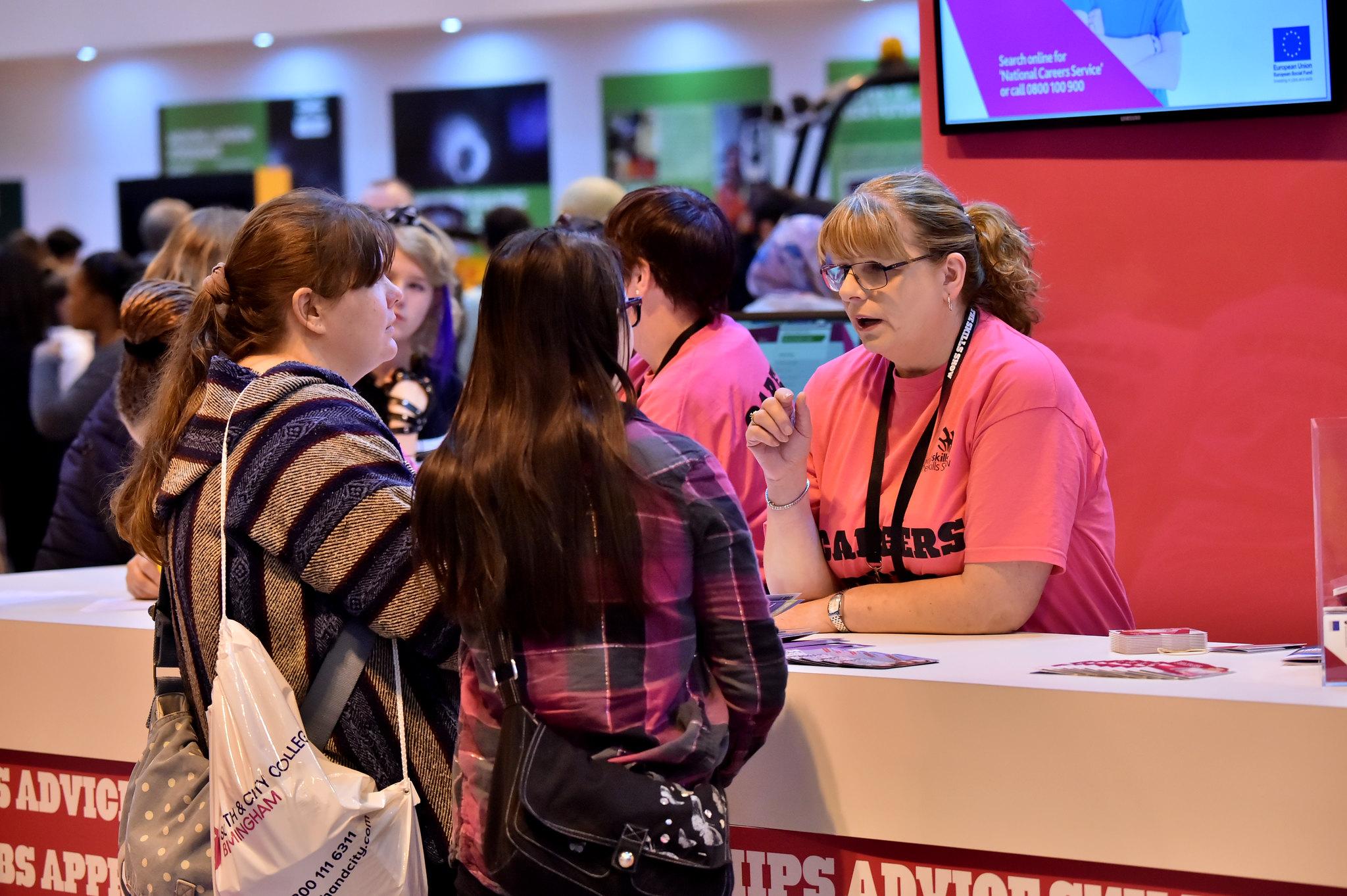Employers and Universities: Work with us?

How does careers advice work in schools?
Careers advice in schools and colleges has changed a lot recently. Connexions is long gone and today schools have to meet the Gatsby Benchmarks to ensure they are following the law.
In this guide, we explain what schools are required to do by law, talk you through the Gatsby Benchmarks and shed light on confusing jargon like “careers leader” and “Careers Hub”.
'Check out Success at School's guide to how careers advice works in school'
Overview
In 2017, the government announced a new approach to careers advice and guidance in schools. It recommended that in order to meet their existing legal requirements to provide thorough, independent careers advice, schools follow the 8 “Gatsby Benchmarks” developed by the Gatsby Foundation and based on national and international research.
Each secondary school and college would also be required to appoint a “careers leader” with appropriate qualifications, whose details must be published on the school’s website. The school's careers programme, along with “labour market information” and study and training options, must also be published on the school website.
What are the Gatsby Benchmarks?
Here is a list of the Gatsby Benchmarks:
- A stable careers programme
- Learning from career and labour market information
- Addressing the needs of each pupil
- Linking curriculum learning to careers
- Encounters with employers and employees
- Experiences of workplaces
- Encounters with further and higher education
- Personal guidance
The 8 Benchmarks are based on research carried out by Sir John Holman to find out what actions could improve career guidance in England. This video explains how and why the Benchmarks were developed:
In 2017, the government adopted this a guide to help schools and college deliver on their existing statutory requirement for careers advice and guidance. If schools meet all 8 benchmarks, they will be meeting their legal duties.
Here is a visual guide to the Gatsby Benchmarks:

This is how the government advises schools to go about meeting the 8 benchmarks:
1. A stable careers programme
Each school and college should develop a thorough plan for delivering independent careers advice and guidance. Schools are required by law to publish this on their websites for students, staff and parents to read.
2. Learning from career and labour market information
“Labour market information” or LMI is facts and figures about the job market in a particular industry or profession. For example, “there are 1,000 steelworkers in Sheffield” or “digital jobs are expected to increase by 25% by 2030” are pieces of LMI.
By Year 9, the government says that students should have “accessed and used information about career paths and the labour market” to make informed choices about their future career.
Schools should also encourage parents to access and use LMI to help their children plan for the future.
3. Addressing the needs of each pupil
Schools should challenge stereotypes about career paths (e.g. all hairdressers are female, all engineers are male) and make sure each student is getting tailored advice. This should be recorded somewhere it can be accessed by the student, and goals set which can also be accessed and reviewed.
4. Linking curriculum learning to careers
Teachers of all subjects should link the curriculum to career paths. For example, English teachers should reference how skills and knowledge gained in the classroom is applicable to particular jobs.
STEM subjects are expected to highlight the relevance of STEM subjects and by Year 9, students should have had the opportunity to learn about a range of different applications for their curriculum learning in STEM subjects.
Success at School has produced a series of Gatsby Subject Guides to help schools meet this Benchmark. Feel free to have a browse in our online store.

Students should have the opportunity to experience the workplace at least twice before they complete Year 13
5. Encounters with employers and employees
Students should get a “meaningful encounter” with employers or employees at least once per year from Year 7 right up to Year 13. Schools should ensure that employees come in to deliver talks in assembly and that students get to visit workplaces.
A “meaningful encounter” is one which allows students to understand what the job involves day-to-day and what it takes to be successful in the role.
6. Experiences of workplaces
Students should have the opportunity to do at least one work experience placement before they finish Year 11 and another by the time they complete Year 13.
7. Encounters with further and higher education
Similarly, students should get experience of further and higher education institutions at least once before they finish Year 11. This could be through a visit by university ambassador or by going on an open day.
Students who are considering university should go on at least two visits before applying.
8. Personal guidance
By the time they complete Year 11, students should have had at least one meeting with a qualified careers advisor and another by the time they finish Year 13.
Careers leaders
International research found that it is impossible to deliver a comprehensive careers programme without a qualified person whose job it is to ensure that the programme is developed, publicised, promoted among staff and delivered. This is the job of the careers leader, whose name should be published on the school website.
Careers leaders should be qualified careers advisors, but they do not necessarily deliver advice themselves. They may work with independent agencies or providers to ensure students get one-to-one advice. As explained above, face-to-face interviews with careers advisors may only make up a small part of the guidance delivered in school.

The CEC was set up to support schools and colleges through resources
Careers Hubs
Schools are supported by “Careers Hubs”, groupings of between 20 and 40 secondary schools within a particular area, which use their funds to provide services beneficial to all the schools within the Hub.
The Careers and Enterprise Company was also set up to support schools and colleges through resources and by connecting them with employers and other organisations.
Need more help?
The National Careers Service was set up to support students, parents and staff in delivering careers advice. It has job profiles, a chat feature and a phone number you can ring, as well as a skills assessment and a searchable database of courses young people can apply to.
You should also visit your child’s school website and browse the careers pages to find out what they are offering. If you have any queries of concerns, you should be able to find details of the careers leader so you can contact them directly.
Images credits
Lead image by Find A Future via Flickr
Two women at desk by college.library via Flickr
